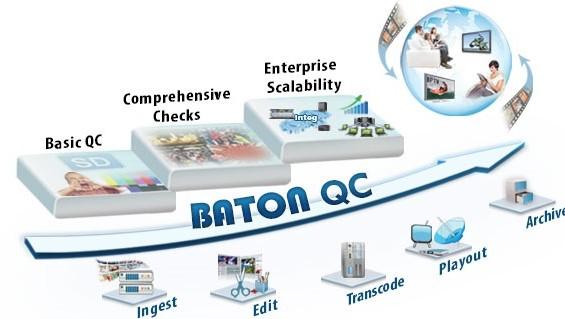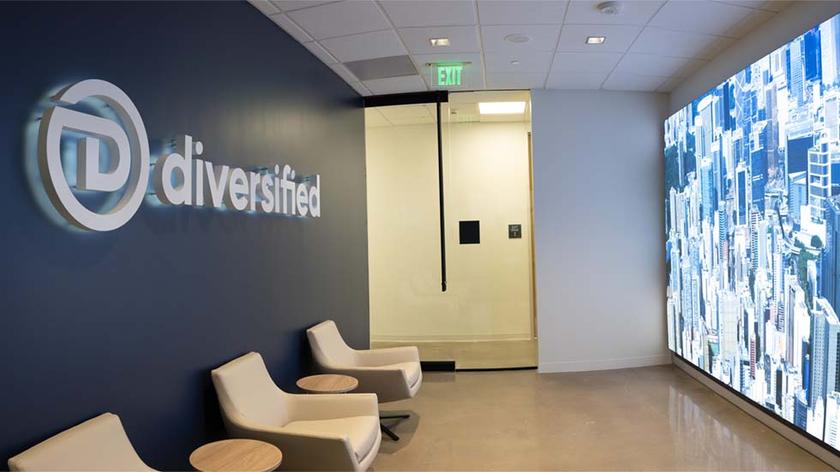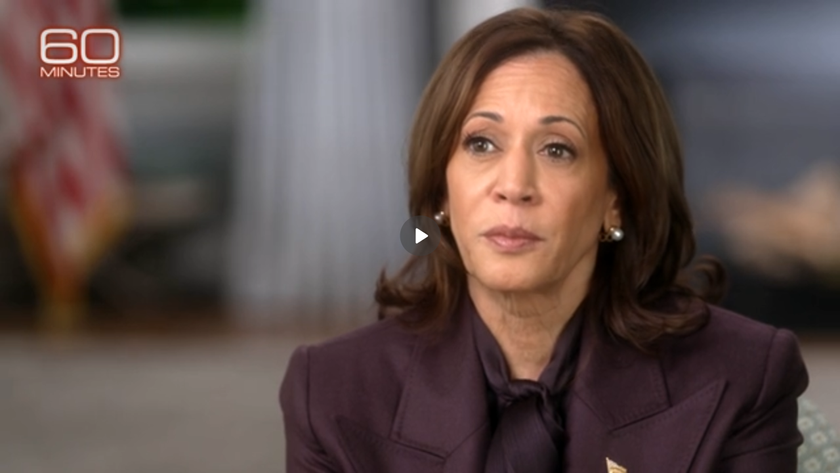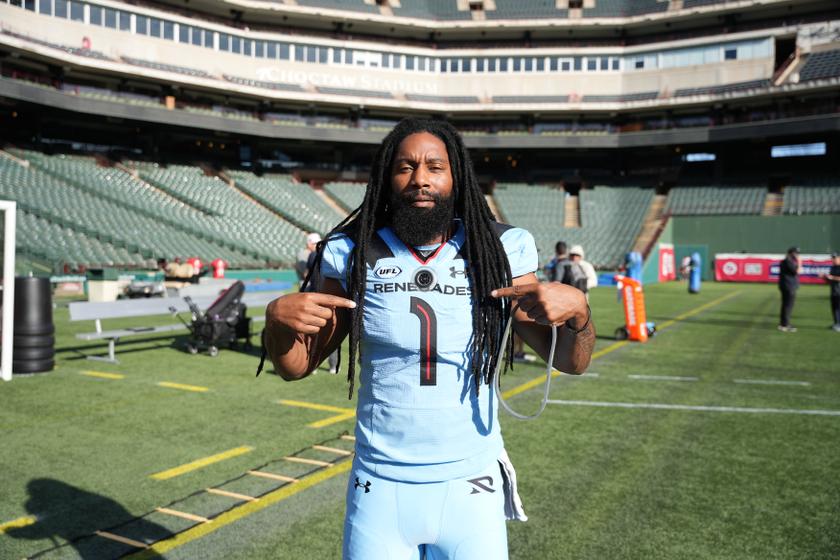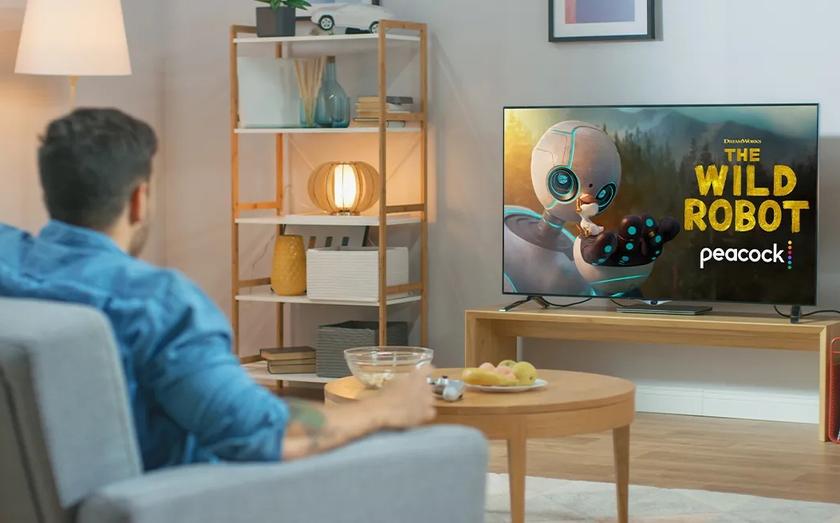Engineering students gain real-world experience building HD trailer for sports broadcasts
Engineering students and staff at Rochester Institute of Technology have completed design and equipment implementation of a new HD production and broadcast trailer in only four months, and they did it at a third of the cost of similar units.
The HD broadcast trailer is a full production studio and the only one of its kind in Upstate New York. It’s currently deployed at RIT to broadcast “SportsZone Live”, a cable sports TV show covering RIT’s home games. But there’s talk of expanding the show to cover away games next year and even renting the trailer to other universities.
What makes this project special is that the students were largely responsible for planning and building the trailer, and for running the show during live broadcasts.
Since 2003, RIT, in partnership with Time Warner Cable and ESPN, has aired “SportsZone,” a weekly half-hour show that showcases the university’s athletic programs.
Two RIT staff members, James Bober, lead engineer, and Chuck Canham, media production engineer, and two students went to work, planning and designing the truck during the summer of 2008. They had just four months to go from concept to completion, which normally takes nine to 12 months in the broadcast industry, according to Bober.
The team had an on-air date to meet — the first men’s hockey game Oct. 17. RIT student Darren Hansen, a graduate student in network systems administration, worked with Bober to plan and design the trailer and its components. Hansen drew plans and researched the equipment they’d need for each component of the production studio, such as the switcher, soundboard and cameras. Fifth-year electrical engineering student Andrzej Lubaszka stepped in once the drawings were complete.
All told, the project took more than 17,000ft of cables and wires, each hand terminated, accounted for and meticulously labeled. Due to the project’s limited budget, switchers, cameras and other components weren’t purchased off the shelf. Instead, by examining what they needed each one to do, they were designed and customized — at a much lower cost.
Get the TV Tech Newsletter
The professional video industry's #1 source for news, trends and product and tech information. Sign up below.
The trailer itself came as an empty, carpeted shell. Even the circuit breakers needed to be upgraded, and the plasma-screen mounts needed modification to be attached to a rack — not something they were originally designed to do. The two Panasonic 50in plasma screens, used as a monitor wall, can be reconfigured for each event, showing different inputs that are digitally resized, positioned and labeled for the crew. This was made possible by the donation of an upgraded 32-input Harris Predator II multiviewer by Harris.
Hansen designed custom patch-bay panels for the side of the truck and came up with a customized circuit for each of the field cameras allowing them to receive return video and tally signals from the trailer. Lubaszka used his electrical engineering education to finalize the design into an easy-to-implement box.
The equipment list onboard the new HD trailer includes: Harris Zandar Predator II dual-output 32-input multiviewer; a four-channel Clearcom Encore intercom system; five Panasonic AG-HPX500 P2 HD cameras; a 24-input Grass Valley Kayak 150 HD-SDI switcher; DNF four-way ST300-T slow-motion controller; a Yamaha M7CL 40 x 16 digital mixer with 8 x 8 channels of AES audio with SDI audio embedding and de-embedding; Harris VTM-2400 waveform/vector monitor; 20 Grass Valley HD-SDI distribution amplifiers; an Evertz dual HD-SDI/SDI closed-captioning encoder and corresponding decoders; a Telemetrix coax-link system with an HD-SDI option; and Fujinon HD lenses and wide-angle and telephoto adaptors.
